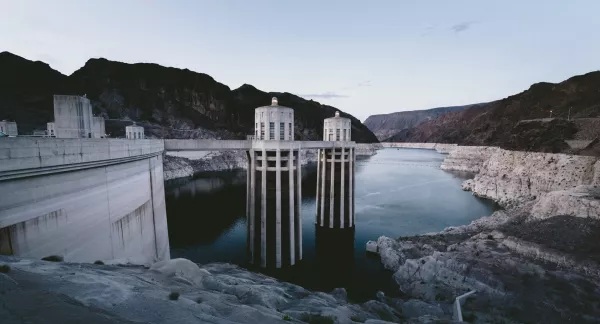Diversifying Water Portfolios through Stormwater Capture and Use: Contributing to a Water-Resilient Future
Abstract
Urban Stormwater Capture and Use (SCU) has the potential to add flexibility to water resource portfolios and enhance climate resilience, especially as the arid West experiences unprecedented droughts. Nationally, two of the biggest hurdles to implementing SCU are quantifying the amount of stormwater available for reuse and characterizing and quantifying the anticipated co-benefits of SCU. In Colorado and other western states, water rights restrictions currently inhibit the widescale adoption of SCU. While these rules can be prohibitive, there are innovative strategies that work within the existing water rights system while providing flexibility related to water quantity and timing when integrated into a utility’s water resources portfolio and administration of water rights. Notably, finding solutions to western water rights challenges was identified as a critical need in EPA Water Reuse Action Plan (WRAP) 3.3 and has resulted in the proposed project becoming a new WRAP action.
The research objectives of this project address the critical hurdles to implementing SCU at both national and western-state scales. The approaches developed for quantifying SCU volumes and assessing benefits could also be used to inform other WRF research, like project 5197, which has a task related to quantifying the available amount of water for reuse at a national scale. The outcomes from this research will have broad applicability in western states. The analysis frameworks and methodologies used in this study to evaluate co-benefits of SCU can be used at a national scale. Research Partner: Colorado Water Conservation Board. Published in 2024.
Resources
Diversifying Water Portfolios through Stormwater Capture and Use: Contributing to a Water Resilient Future
Urban Stormwater Capture and Use (SCU) has the potential to add flexibility to water resource portfolios and enhance climate resilience. Nationally, two significant hurdles to implementing SCU are quantifying the...

